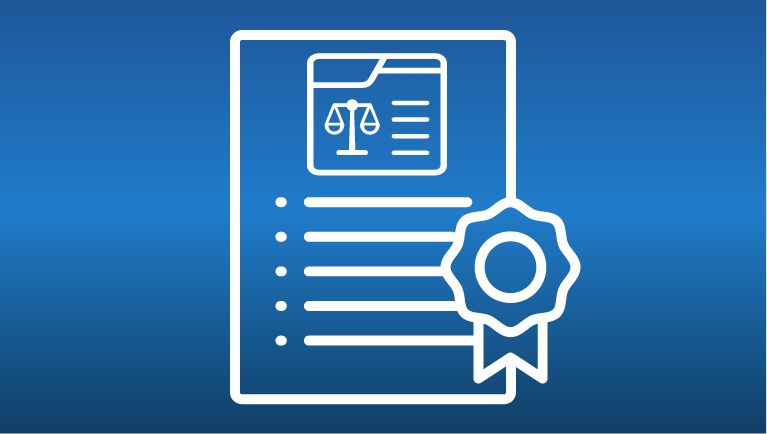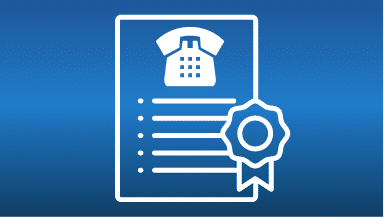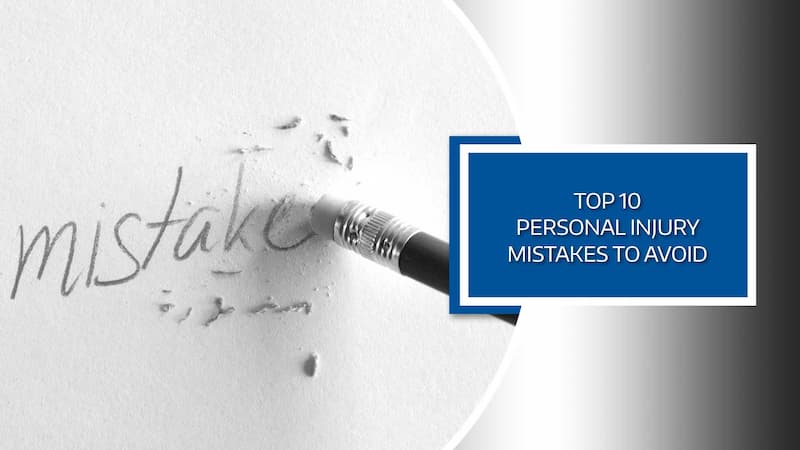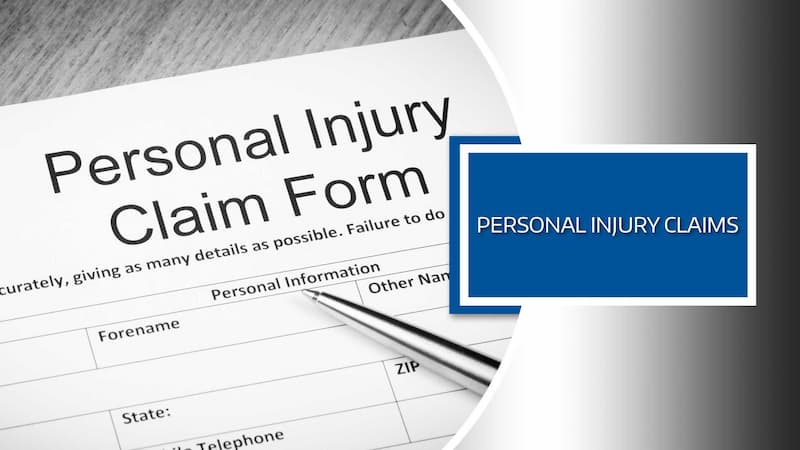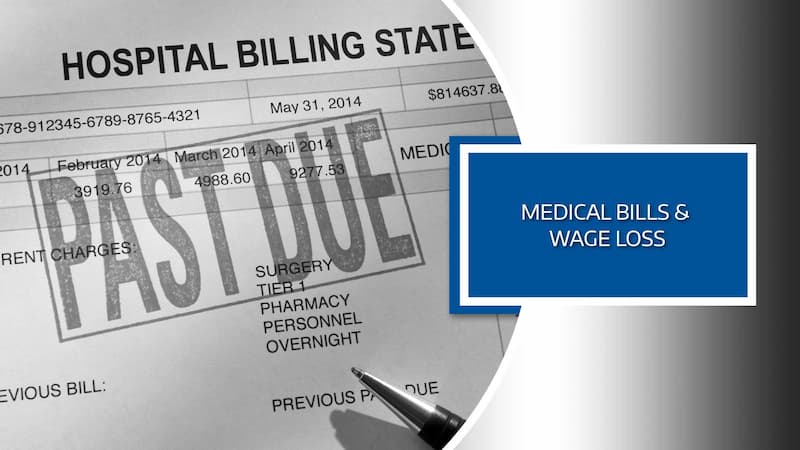#5 MISTAKE: Your patient posting information about their injuries on social media
QUESTION: How can you help protect your patient’s personal injury claim if they post on social media?
RESPUESTA: Cautioning your patients about posting on social media after a car accident will help them protect their personal injury claims. Posting about their accident or injuries, and activities since the accident can be misused by insurance adjusters to dispute their injury claims. You can help your patients by advising them to limit the sharing of any accident-related information online to protect them and their case.
Your patient posting information about their car accident and injuries on their social media is the fifth biggest mistake they can make with their personal injury claim.
It used to be when we shared information about the events in our lives it was one-on-one or with a small group of friends. With the growth of social media platforms like Facebook, Instagram, Tik Tok and YouTube, now when we share information it’s to ALL of the ‘friends’ and ‘followers’ we’re connected to, and for many folks, their posts are public for anyone to view and read.
It’s not unusual for people who have been involved in a car accident to express their frustration and problems they’re experiencing due to the injuries from their accident. The irony is that at the same time that they’re posting about their accident, they’re including photos of themselves doing things that look inconsistent with the “injuries” they’re complaining about. We’ve actually had clients posting videos on YouTube doing complex dances that contradict the injuries they say they have from the car accident.
This is just the kind of “evidence” an adjuster for the insurance company or a defense attorney can’t wait to get their hands on. This is how they build a case using an “injured” person’s own content.
It’s best to assume that the insurance company adjuster will search your patient’s social media pages to look for any information they can find to help build their case that your patient is not really hurt. If your patient isn’t advised on why they need to be careful about what they’re posting, their posts can create significant problems for their personal injury claim — and they may not become aware of it until it’s too late.
Even for posts that shouldn’t contradict your patient’s legitimate injuries, the insurance company will mischaracterize their posts, and the adjuster, or defense attorney will look for ways to frame the content to be able to say, “Well this person really must not have been injured because look at all the things they were doing surrounding their accident — here are their photos and comments.”
Generally, it’s not realistic to try and convince your patient to not post at all about their injuries and activities on social media.
However, during your first appointment with them, when you walk them through how to navigate the personal injury claims process, that’s an ideal time to explain to them why they need to be careful about posting on social media and help them understand why this can negatively impact their personal injury claim.
We’ve also written a brief article for your patients that provides more detailed information about why it’s critical to protect their rights and their personal injury claim that they are careful about what they post on social media.
If you are comfortable talking to them about how they can take the best possible care of their personal injury claim, it’s especially important that you advise them to keep their posts about the injuries from their car accident and all their activities to an absolute minimum.
Less equals better.
You can reassure them that if they want to share more details about their accident with their family and friends — the best thing for them to do is to call them or wait until they see them in person. The important thing is not to give the insurance company ammunition they can twist and use against your patient.
We’re here to be a bridge of support for you and your patients.
We have developed a robust library of information for your patients who have been injured in an accident, which can be found in the INJURED? START HERE portal on our website.
There are 40 topic-focused articles, with accompanying videos, organized into the four categories that include the personal injury claim-related questions we’re asked most often, which include:
- Los 10 Principales Errores En Lesiones Personales Que Debe Evitar
- Lo Que Necesita Saber Sobre Su Reclamo
- ¿Cómo Se Pagan Mis Facturas Médicas y la Pérdida de Salario?
- Cómo Prepararse para Su Examen Médico Independiente
Each article provides advice and guidelines to help your patients navigate each phase of the personal injury claims process. Whether we represent your patient or not, we are passionate about them knowing how to protect their rights, get the medical care they need, and avoid the mistakes that can harm their personal injury claim.
Each article provides advice and guidelines to help your patients navigate each phase of the personal injury claims process. Whether we represent your patient or not, we are passionate about them knowing how to protect their rights, get the medical care they need, and avoid the mistakes that can harm their personal injury claim.
Additionally, if it would be helpful to have the information we feature on our website available in your office to pass along to your patients, we’ve developed brochures for each of the four article series -- in both English and Spanish that we’re happy to send to your office. Please complete the form below and we’ll get them out to you promptly.












